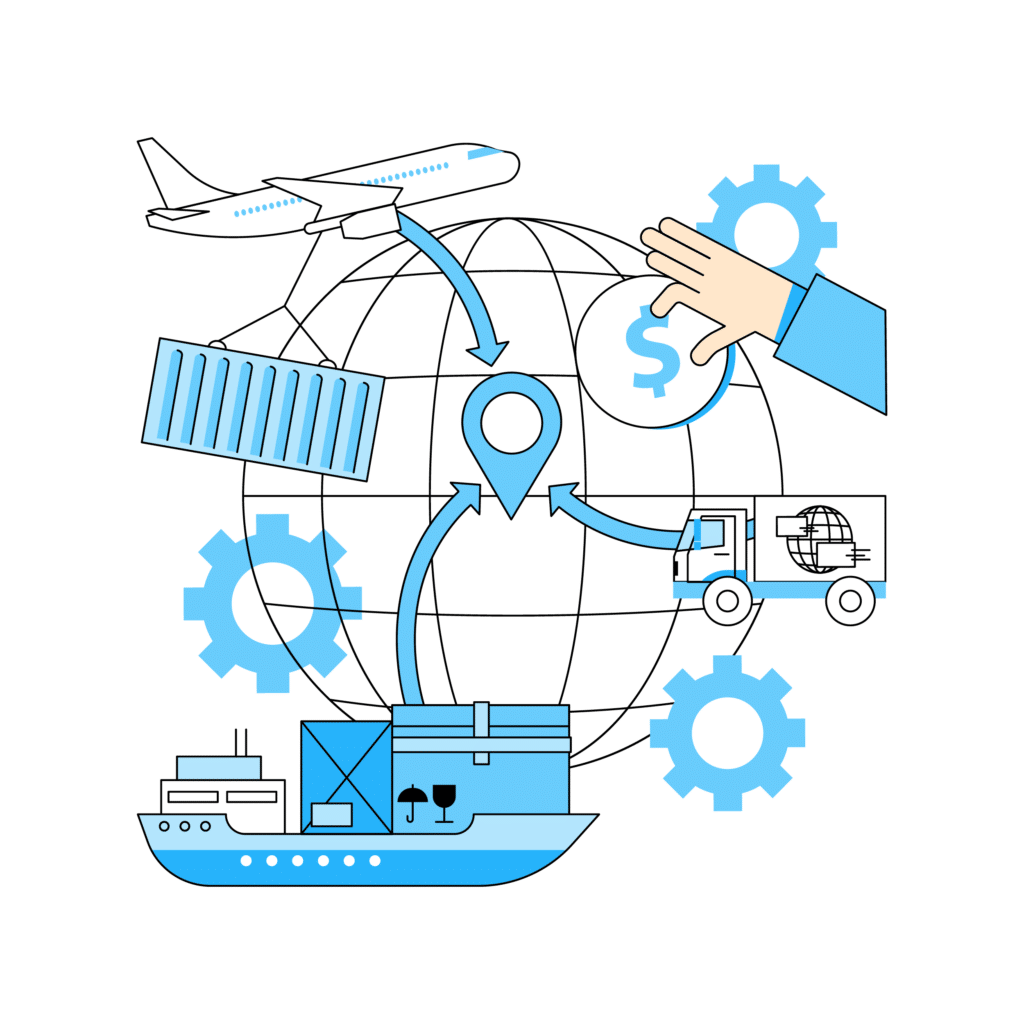Recently, global regulators dramatically ramped up enforcement of dual-use export controls, issuing record-breaking fines that underscore the urgency of compliance.
As a result, dual-use goods are products and technologies primarily intended for civilian purposes but with potential military applications, making them tightly regulated.
Moreover, enforcement agencies are increasingly unforgiving of violations: the U.S. Bureau of Industry and Security imposed its largest-ever penalty, a $300 million fine, against a tech company for unauthorized exports to a blacklisted Chinese entity. Similarly, UK authorities announced settlements totaling over £1.1 million for unlicensed dual-use shipments.
These actions make it clear that ignorance of export control regulations can result in severe penalties, financial losses, and reputational damage. Authorities have signaled that this crackdown will persist, even targeting foreign violators beyond their borders — a clear warning that freight forwarders, air carriers, and logistics providers must rigorously manage compliance in this complex regulatory landscape.
What are dual-use goods?
Dual-use goods serve both civilian and military purposes across various industries. Here are some common examples:
- Electronics: Microchips and high-performance computing devices power consumer products and advanced military systems.
- Chemicals: Certain agricultural and pharmaceutical chemicals also play a role in chemical weapon production.
- Cybersecurity: Software designed to protect corporate networks can also be exploited to disrupt or compromise other systems.
- Drones: Commercial drones for photography or agricultural surveying can be adapted for surveillance and military reconnaissance.
- Aerospace and navigation: Technologies developed for civil aviation or GPS navigation often find use in military aircraft and precision-guided weapons.
- Biotechnology: Medical research and biotech products that advance healthcare can also be repurposed for biowarfare.
Understanding dual-use goods is critical for businesses to prevent inadvertent contributions to security threats or breaches of international peace. Companies must maintain awareness of the implications of their products and technologies beyond their intended use.
Why are dual-use goods regulated?
Governments regulate dual-use goods to prevent their misuse in military applications or acts of terrorism. Regulatory frameworks reduce the risk of these goods falling into unauthorized hands, protecting national security and global stability.
Key regulatory controls overseeing dual-use goods include:
- Wassenaar Arrangement: An international export control regime promoting transparency and responsibility in transfers of conventional arms and dual-use goods.
- EU Dual-Use Regulation: Governs European Union exports to ensure goods do not contribute to human rights violations or unauthorized military use.
- U.S. Export Administration Regulations (EAR): Controls U.S.-origin goods and technology that may pose security threats if misused.
- Australia Group: Ensures stringent export controls on chemical and biological materials that can be weaponized.
Real-world examples
In 2021, SAP SE, a global software company, paid $8 million in penalties. The company exported software and cloud services to Iran without proper licensing, highlighting how easily compliance risks can turn into costly penalties. This case prompted stricter oversight within the software industry, driving companies to reassess their export control protocols.
Another significant case involved FLIR Systems, a U.S. defense contractor that paid $30 million to settle charges. This instance emphasized the importance of rigorous compliance measures and accurate logistics management to mitigate trade compliance risks, ultimately influencing regulatory agencies to enhance monitoring and enforcement strategies.

How do you stay compliant?
Effective management of compliance risks associated with dual-use goods requires proactive steps:
Screening customers and suppliers
Vigilance is necessary to avoid transactions with sanctioned or denied parties. Employ advanced software to screen against international sanction lists continuously. Implementing comprehensive customer and supplier due diligence processes ensures the identification of potential red flags early on.
Obtaining export licenses
Export controls often mandate licensing for dual-use goods based on the end-user and intended application. Companies must remain up-to-date with regulatory changes and obtain the necessary export licenses to avoid inadvertent violations and ensure compliance.
Implementing compliance programs
Establish comprehensive trade compliance programs incorporating ongoing training, audits, and clear internal guidelines to promote a compliance culture within your organization. Regular training sessions and clear communication of compliance expectations can significantly reduce accidental breaches.
Keeping accurate records
Maintaining meticulous documentation of transactions, end-users, and compliance processes is crucial. Accurate record-keeping ensures readiness for audits and regulatory reviews and can substantiate compliance efforts if scrutinized.
Empower your trade compliance with ITTS
Understanding and complying with dual-use regulations is imperative for global logistics and trade businesses. Failure to navigate these regulations effectively can result in severe financial and legal repercussions, harming operational continuity and corporate reputation. Proactive engagement in rigorous compliance processes ensures that businesses stay secure, compliant, and competitive in international markets.
With ITTS, you can transform your organization’s regulatory management into a streamlined, efficient operation. Schedule a personalized demo today or speak with one of our compliance experts to take the proactive step toward safeguarding your business against compliance risks.









